Dragging A Baseball Field Pattern

Basically follow a figure 8 pattern dragging no faster that you can walk.
Dragging a baseball field pattern. With either drag you can drag in any pattern you want but do not fall into the trap of dragging your field the same way each time. This circle drag pattern is generally considered to be a finishing drag pattern. Top speed for dragging 3 4 mph. Basically follow a figure 8 pattern dragging no faster that you can walk.
Alternate patterns and dragging direction on a daily basis from clockwise to counter clock wise. Always mat drag at least one foot inside the grassline to prevent lips. Hand drag baselines hand drag finishing start at either first or third base. Dragging is the most basic task in maintenance of a baseball or softball field.
Watch your speed while cornering slower is better. It is usually the first thing done to the field after a game or practice. Proper dragging procedures can make or break the quality of your infield. Start by placing your.
By starting and stopping in the same locations each time you drag your field high spots and low spots are created causing inconsistencies in your infield surface. The pattern should be started at either the 1st or 3rd baseline. If you go too fast you ll toss excess material toward the outer edge of the drag which will pile up in those areas. Repeat this pattern a second time overlapping the outside edge of your first pattern.
Select the finish drag that provides the smoothest surface. Overlapping circles for grass infields the overlapping circles pattern is excellent for both finishing and maintaining a level infield. Coco mats are common for final dragging because they basically brush the clay and. The parallel drag pattern is basically following a path parallel to the turf edges of the infield skin working your way inward.
Never drag faster than you can walk 2. Initially do a small circle pattern across the entire field then make a center line drag from end to end.





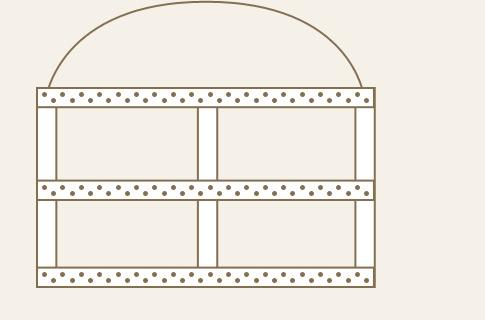

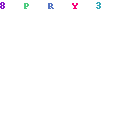
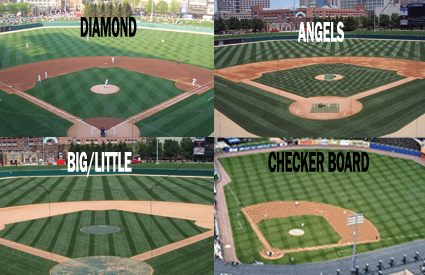

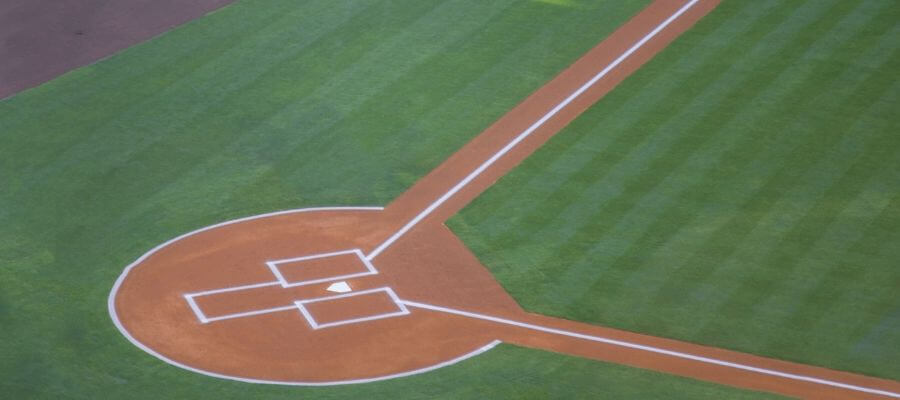








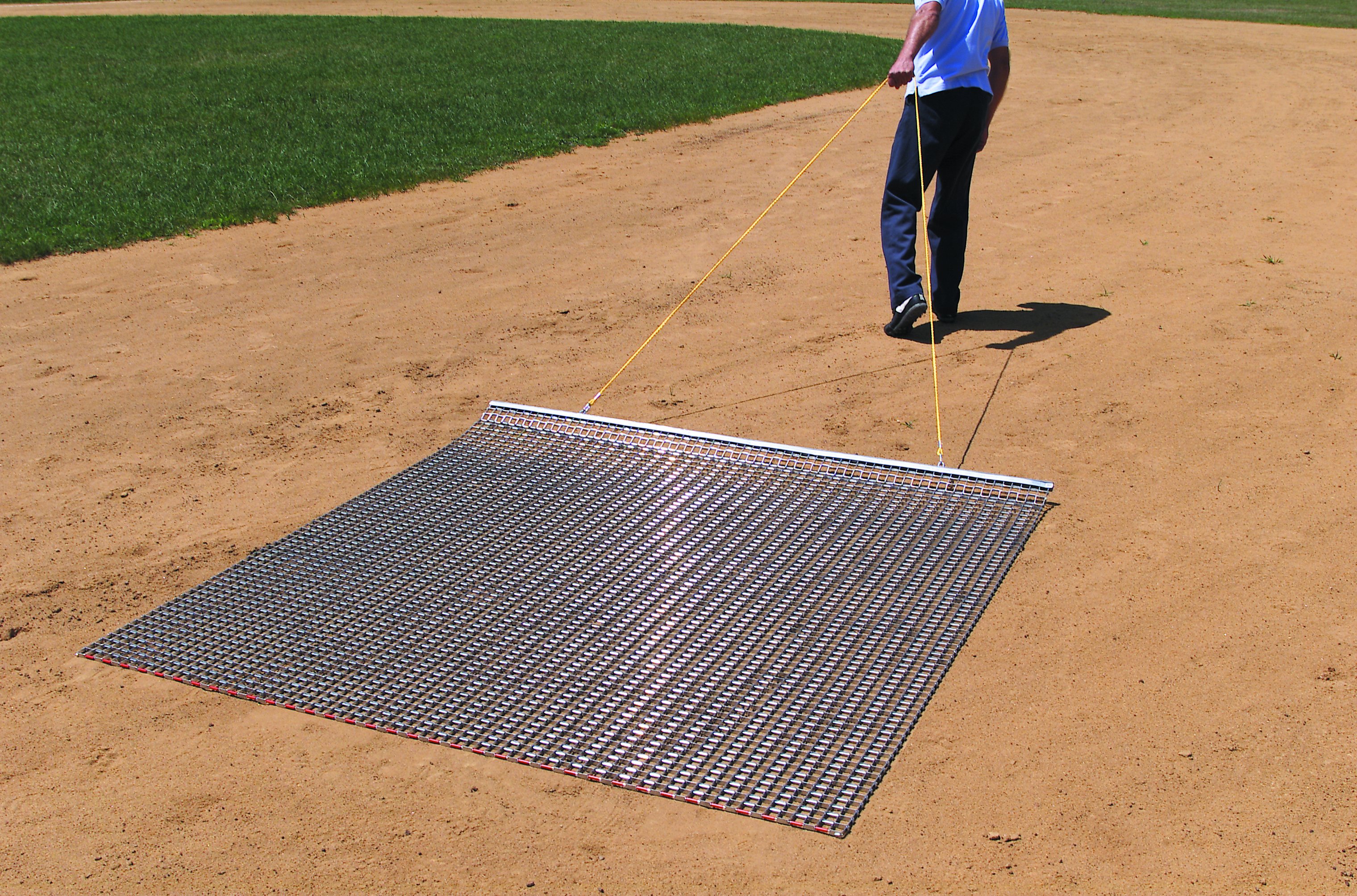


:format(jpeg)/cdn.vox-cdn.com/uploads/chorus_image/image/49321363/usa-today-8747988.0.jpg)













